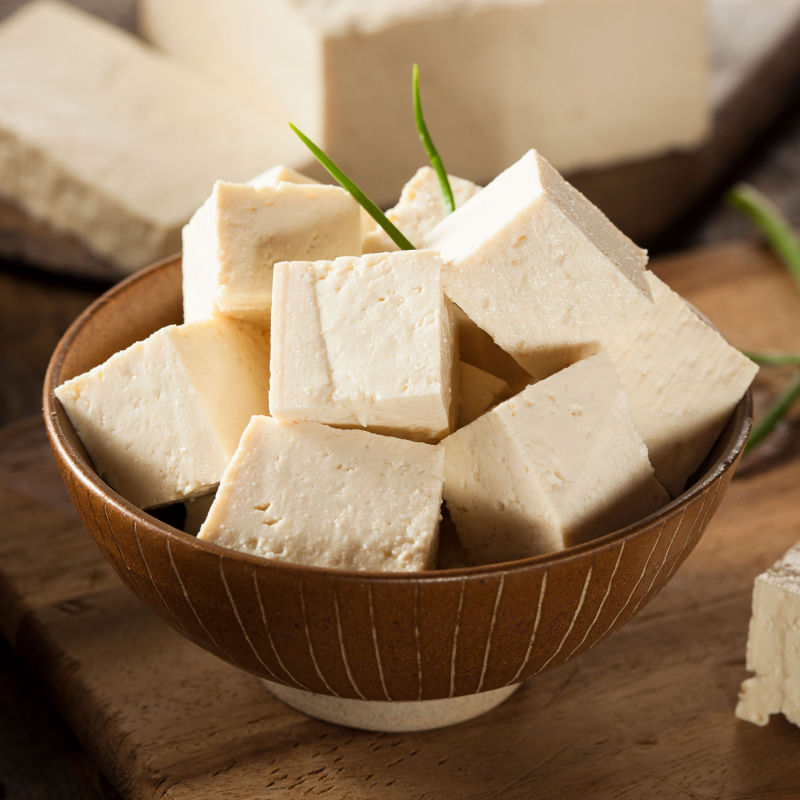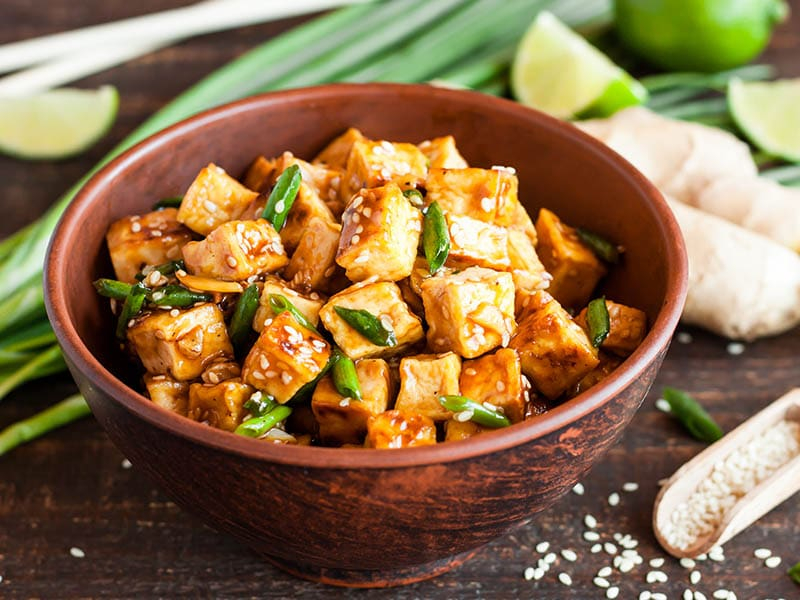Tofu
For the most part, soybeans, black beans, or other beans with a high protein content are used to make tofu, also known as bean curd. The general consensus is that Liu An, the senior, in Huainan, Anhui, invented tofu around 164 BC during the Western Han Dynasty (202 BC - 9 AD). However, it was not frequently utilized as a cooking ingredient since its flavor was not as nice as the modern tofu. Tofu was introduced to Japan during the Tang Dynasty (618 AD - 907 AD). Tofu production wasn't significantly improved until the Song Dynasty (960 - 1279 AD), at which point it rose to prominence as a staple of Chinese daily life. It has long been a mainstay of Chinese and Asian cuisine because it is nutrient-dense, low in fat, and high in protein, calcium, and iron.
Because meat is a great source of protein, Chinese doctors realized that it was a necessary food, but only the wealthy could afford to eat it. To solve this, a rule was passed requiring that every citizen in China receive a free cup of tofu, which is a soybean and other ingredients like rice mixture that provides the same amount of nourishment as meat. People in China at that time would split their food into small pieces to prepare it because cooking on a large scale was challenging. Additionally, tofu has grown in popularity as a component of Western vegetarian cuisine.
Tofu can be cooked in a variety of ways to suit your preferences. Silken, gentle, firm, and extra firm are the common consistencies. The way you cook tofu depends on the meal it will be used in (soft tofu in soup, for example) and your own preferences.









